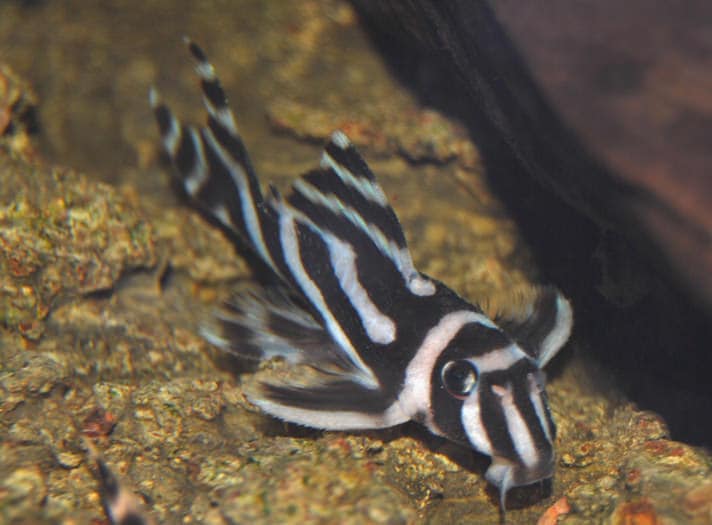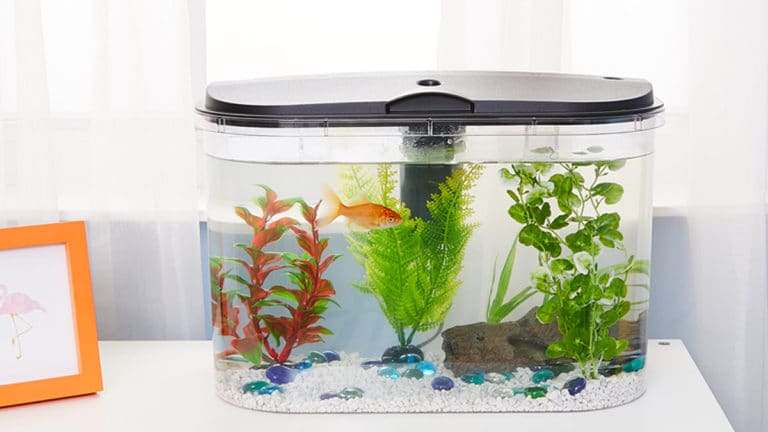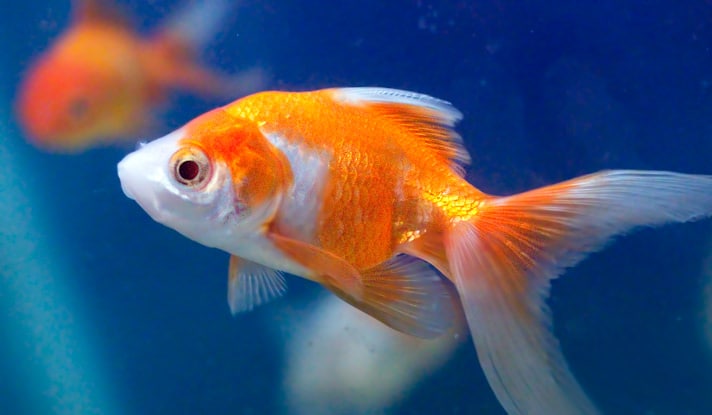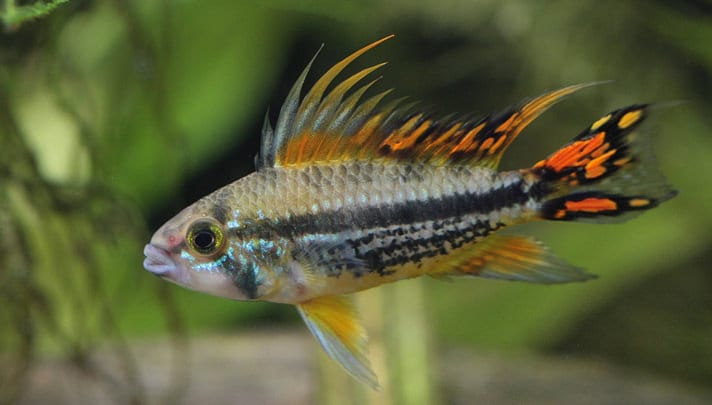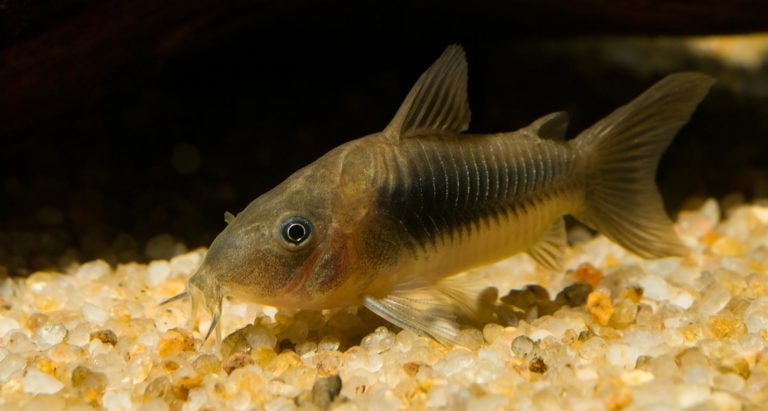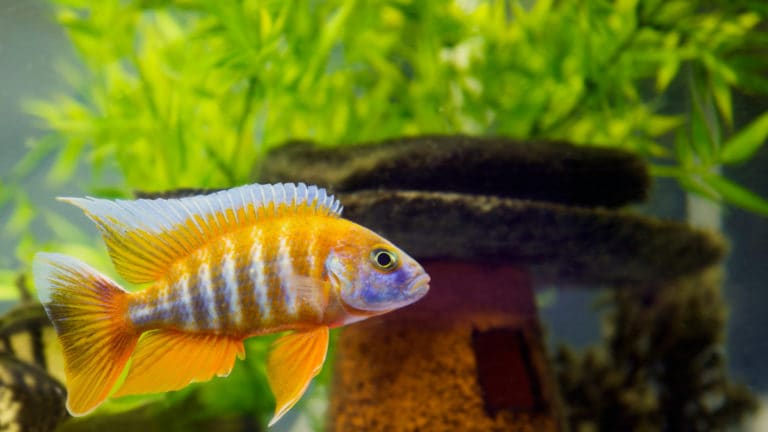Despite the occasional economic downturn, fishkeeping (and indeed the aquarium industry) has steadily grown over the last half-century. An increasing demand for rare fish has coincided with this trend. While it seems that there are countless “holy grail” saltwater species, the freshwater side of the hobby has its own share of unusual, much sought after fishes. In point of fact, some of these freshwater rarities are among the most difficult and costly to obtain in the entire ornamental fish trade. Of course, demand for some rare species is restricted to a mere handful of specialists, and accordingly commands only a slightly higher price (certain killifishes, rasboras, etc.).
The following is a mere sampling of some notable, rare freshwater aquarium fishes. Rarity may be defined by very narrow (albeit totally absolute) criteria; for example, while most koi retail for $10 to $20, exceptionally well-bred individuals often sell for tens of thousands of dollars at auction. It should be noted that the term rare is here used to indicate rarity in the trade, not necessarily in the wild; one should always avoid wild specimens of threatened or endangered species.
Imperial flower loach (Leptobotia elongata)
This is not your typical loach. Firstly, it can easily exceed a couple of feet in length. And, it has a somewhat flattened head with little, beady eyes. It sports a bright golden background color and dark, erratic blotches. This odd loach comes from clear, well-oxygenated parts of the Yangtze River system, where it is under serious threat due to the construction of dams on the river. Therefore, it is imperative that any aquarist that stumbles upon this very uncommon animal ensures that it is captive-raised before making any purchase. Individuals sell for around $225 each; however, experts have advised that this highly social species be kept in groups of around four or more individuals per tank.
Zebra pleco (Hypancistrus zebra)
This species was first described only in the 1990’s. Originating in the Xingu River of Brazil, captive-bred specimens of this highly prized fish have become available. They are considerably more expensive than their common “pleco” cousin, with even smallish individuals easily selling for around $250 each. Though it is shy and is not always easily viewed in the fish aquarium, it can be an extraordinary sight to behold. Its background color is a toothy white. Sharp, black stripes run mostly lengthwise across the body; vertical stripes run just behind its eyes and along its shoulder through the pectoral fins. Known as somewhat fickle (at least for a catfish), it is usually kept only by experienced aquarists in well-established aquaria.
Petrochromis “Red Bulu Point” (Petrochromis sp.)
Little is known of the biology of this native of Lake Tanganyika, Africa. However, it is quickly becoming a sensation among African cichlid enthusiasts. That is quite understandable, as it is an unusually colorful fish. Adult males are hot orange or red in overall color, often with a dark mask across the face. Females are a bit duller, with a brownish top and mask and a pale orangish belly and cheeks. The red Bulu Point Petrochromis is said by some to be surprisingly lacking in the aggression characteristic of other cichlids. Of course, most keepers will be more concerned about aggression directed against this fish, as its price is as high as $600-$700 per adult male. This breed will likely hold on to its high value, as such rich reds and oranges are fairly scarce amongst Tanganyikan cichlids in particular if not all cichlids in general.
Zebra shovelnose catfish (Brachyplatystoma tigrinum)
Though it resembles the related B. juruense, this species is considerably more rare and expensive, with some specimens reportedly going for $1,200 each. It has a light colored background overlaid with dark, wavy stripes. The stripes extend over the fins (with an equally rich, dark pigmentation), resulting in an unusually bold pattern overall. It is especially popular with the so-called monster fish enthusiasts, as it attains lengths of a couple feet. It is obtained from the Amazon River basin.
Golden gar (Atractosteus sp.)
This presumably xanthic color morph is quite extraordinary. Slightly darker at the top, it has a sunburst of yellow to orange. The colors of this large fish seem to become even more impressive as the fish grows. While it’s possible that some individuals have been bred in captivity, others appear to have been captured in the wild by fishermen. The typical asking price of around $4,000 to $5,000 is only a portion of the cost associated with keeping this creature, as it has a substantial appetite and requires an enormous tank with fish tank filters—something like a minimum of 400 gallons in volume. To say the least, this is for a highly dedicated, as well as affluent, fish keeper.
Freshwater polka-dot stingray (Potamotrygon sp.)
There has for long been interest in these fascinating and sometimes strikingly beautifully patterned animals. Members of this genus are entirely freshwater (unusual for sharks and rays in general) and are among the least difficult stingrays to maintain and breed in captivity. There are now several captive-bred varieties available. One such variety is the polka-dot ray. Black with white spots, it is most remakable due to a mutation that results in a u-shaped (rather than round) body form. Because of the effect of this deformity on the animal’s mouth, this particular breed requires daily hand feeding. Despite this, specimens offered from Singapore are priced at a hefty $100,000 each.
Platinum arowana (Osteoglossum sp.)
Even some of the more common arowanas can be hard to come by. But, even among its fellow arowanas, the platinum arowana is a treasure. It appears to be a domestic variety that is almost entirely lacking in color (it does not have the pink, unpigmented eyes of a true albino). It has a ghostly paleness that only adds to the mystique of an already magnificent fish. Factor in the belief by some that this creature can bring good luck, and you will be looking at an incredibly high estimated value. Some of the very few specimens on the market have been valued at as much as $400,000 each.
Posted by: Chewy Editorial
Featured Image: Birger A/Wikipedia
Share:
